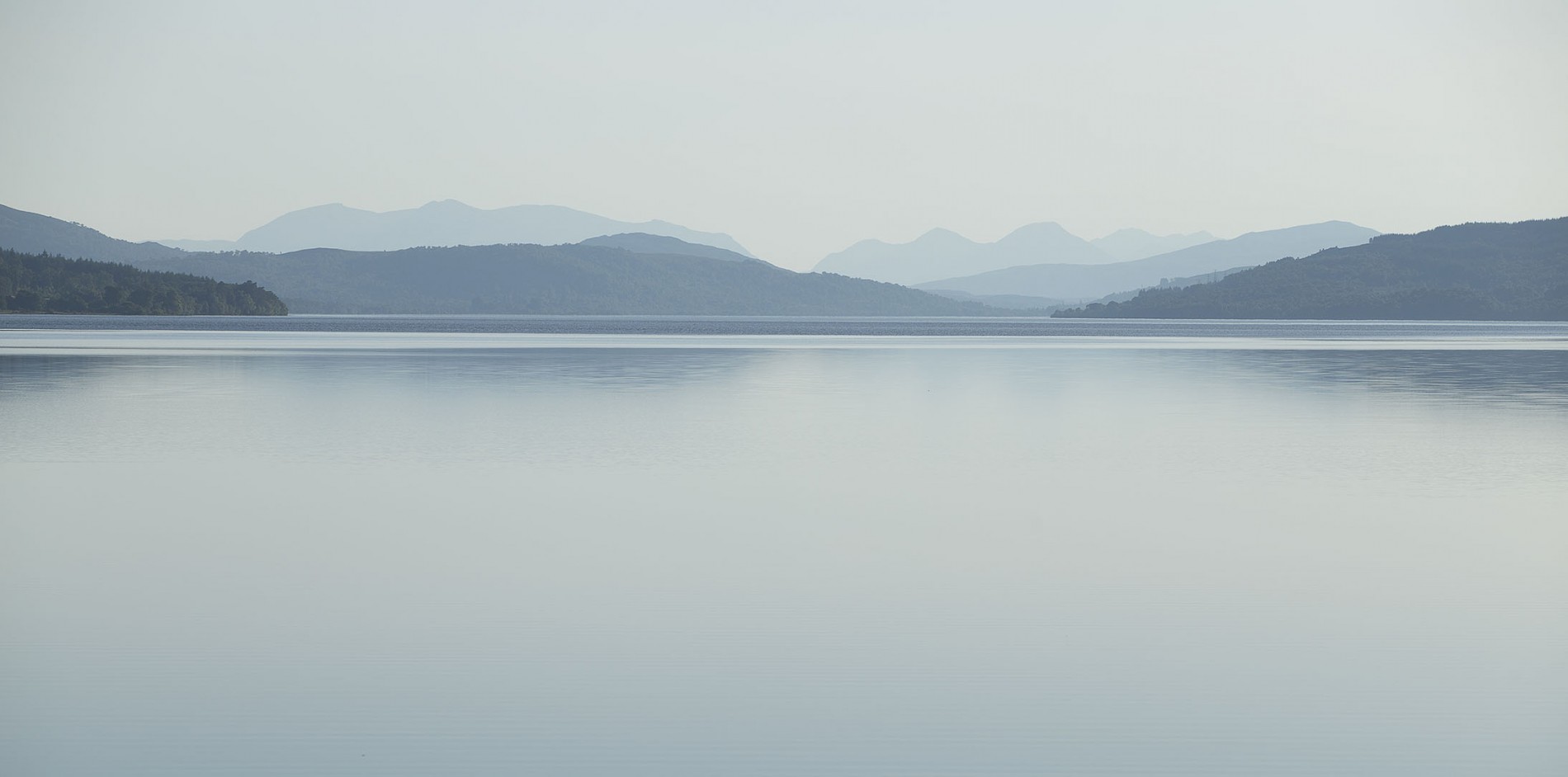

Since the distant past, Loch Rannoch has been central to life in the Rannoch Region, providing sanctuary and food. Now it also supplies the means for power generation and provides an opportunity for the enjoyment of leisure activities.
Naturalists will find an interesting ecosystem to study, with large Ferox trout preying on the three forms of Arctic charr. Otters, and now alas the alien American mink, sometimes frequent the quieter shorelines.
Enjoy a picnic on one of the sandy beaches, fish for trout. Swimming can be very bracing even on a hot summer's day, with cold currents upwelling from great depths.
Painters and photographers will welcome the challenge of interpreting the loch’s changing moods.
Loch Rannoch is of international importance for its special wildlife and biodiversity. Its nutrient-poor ecosystem gains some enrichment from the now small run of salmon. They end their lives here, thus enhancing the supply of nutrients of marin origin and providing food for other organisms.
The brown trout, a salmon and charr cousin, is our most familiar fish and is regularly caught by fishermen. The wild loch brownies offer excellent sport.
The term 'Ferox trout' is used to describe the large predatory brown trout living in these pristine Highland freshwater lochs. The Ferox trout was once thought to be a distinct species, but Ferox are much like other brownies when young, feeding mainly on insects in relatively shallow water. When about five years old and about 35 cm in length, they begin to feed on other fish, including their own type, but preferring charr. This cannibalistic diet means that they quickly gain a lot of weight, but like all top predators they are fewer in number. The particuarly direction the Ferox trout life history takes represents just another strategy adopted for survival.
Charr, though less well known, are possibly the greatest fish biomass in the loch. These are descended from seagoing ancestors that colonised the loch after the last Ice Age about 10,000 years ago. Competition has led to the evolution of three distinct forms of charr in Loch Rannoch that feed on different prey and exploit different parts of the loch's habitat. They spend much fo their time in deeper water, having specialised to thrive in these deep, icy cold conditions, and they are rarely caught by angers. Although one form feeds on plankton they can sometimes be seen shoaling nearer the surface. The males of some forms in the breeding season can be handsome fish when they develop vivid reddish underparts.
9th largest fresh water loch by volume in Scotland
over 20 km in area –
9 miles long in a west-east direction
2km at widest.
Depth increases west to east – eastern basin 140m deep.
22 miles of scenic cycling on quiet roads. But take care
Bikes can be hired from Dial a Bike.
Etape Caledonia, takes place usually in May, 80 mile cycle event from Pitlochry, around Loch Rannoch and back to Pitlochry via Schiehallion and Strathtay.
Typical Post glacial nutrient poor body of water. (no chemicals etc from farming – now protected)
Loch used for hydro power – (9 stations on the Tay catchment area)
The River Tummel begins at its eastern end.
Fishing permits from Country Store March to October. Pike in winter.
Major fish specifies in Loch Rannoch is Arctic Char – (60-70%)
Brown Trout – including fish eating Ferox brown trout - 10 kg.
Atlantic Salmon in low numbers.
Pike
Perch
The population of Arctic Charr are unique as there are three distinct genetic forms, two that belong to an east coast strain are at the east of the loch and the other at the west end from a west coast variety. This would indicate that they have been here since the ice age when ice retreated at different times in different directions.